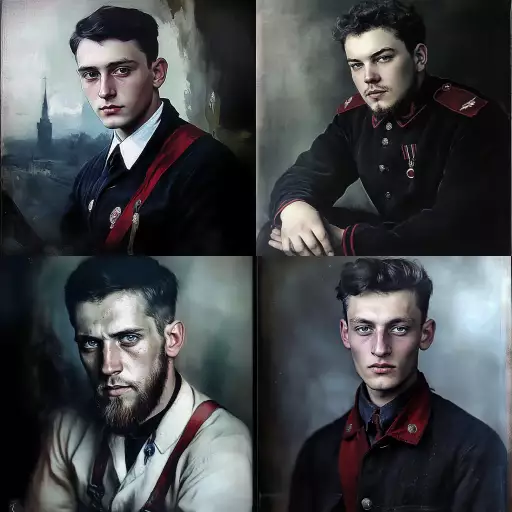Explore the Best AI Image Gallery

AI in Product Photography: Reimagining the Visual Narrative
The realm of product photography has always been about capturing the essence of an item, showcasing its features and enticing potential buyers. But with the advent of artificial intelligence (AI), this visual narrative is being rewritten, offering brands a powerful new set of tools to elevate their product presentations. From generating stunning visuals to automating tedious tasks, AI is revolutionizing how products are portrayed online and in marketing materials.
The Creative Canvas: AI-Powered Product Photography
AI algorithms are now capable of creating realistic and captivating images from scratch. These generative AI models, trained on vast datasets of product images and descriptions, can generate multiple variations of a product photo, each with unique angles, lighting, backgrounds, and even styles. This opens up exciting possibilities for brands to experiment with different aesthetics, target specific demographics, and personalize their visual content.
Beyond Static Images: AIs Dynamic Impact
AI is not limited to static product photography. It can also create dynamic content, such as animated product demonstrations or interactive 360° views. These immersive experiences allow customers to engage with products in a more meaningful way, exploring details and understanding functionalities better than ever before.
Streamlining the Process: AI Automation for Efficiency
Product photography often involves time-consuming tasks such as image editing, retouching, and background removal. AI can automate these processes, freeing up photographers to focus on more creative aspects of their work. This not only saves time and resources but also ensures consistency in product imagery across various platforms.
Ethical Considerations: Navigating the AI Landscape
While AI offers immense potential for product photography, its crucial to address the ethical considerations that arise with its use. One key concern is the potential for bias in AI-generated images. If training datasets are not diverse and representative, the resulting images may perpetuate harmful stereotypes or unrealistic beauty standards. Its essential for brands to be mindful of these biases and ensure their use of AI promotes inclusivity and representation.
Another important consideration is transparency. Consumers should be aware when they are interacting with AI-generated content. Brands have an ethical responsibility to clearly disclose the use of AI in product photography, allowing customers to make informed decisions about the information they consume.
The Future of Product Photography: A Collaborative Vision
The future of product photography lies in a collaborative relationship between human creativity and AI technology. While AI can automate tasks and generate stunning visuals, its the human touch that brings unique perspectives, artistic vision, and emotional resonance to the images. By harnessing the power of AI while upholding ethical principles, brands can create compelling product narratives that engage customers and drive success.
As AI technology continues to evolve, we can expect even more innovative applications in product photography. From personalized image generation to virtual try-on experiences, the possibilities are endless. By embracing these advancements responsibly, brands can shape the future of visual storytelling and create immersive shopping experiences that captivate consumers.






](https://images.ai-img.art/thumbnails/150/985b7bf314caa205e59a2c973e979ce77cf5b24ca39799fffe2e30ea7c79ef07.webp)









](https://images.ai-img.art/thumbnails/150/b94716d4b88da3e1ec3ab12162616a52ff5698251ac791ddf8478649889a0f47.webp)
](https://images.ai-img.art/thumbnails/150/4c5bdb0a0a1f761a911521333b9e3463c885aa247b42d1d311a97f2aa2c513d2.webp)





](https://images.ai-img.art/thumbnails/150/469bffae134ea97666025052588e76bb4dd4b6b98c4888cfd7873929a73156ff.webp)





](https://images.ai-img.art/thumbnails/150/fe996254fcb758c1365f3a22783ee6112ed5e34579deb401de674b06938efb2a.webp)




](https://images.ai-img.art/thumbnails/150/4c67c727683a835917441757b71ace563950f9178fa4826e09a55cfb092ac715.webp)





